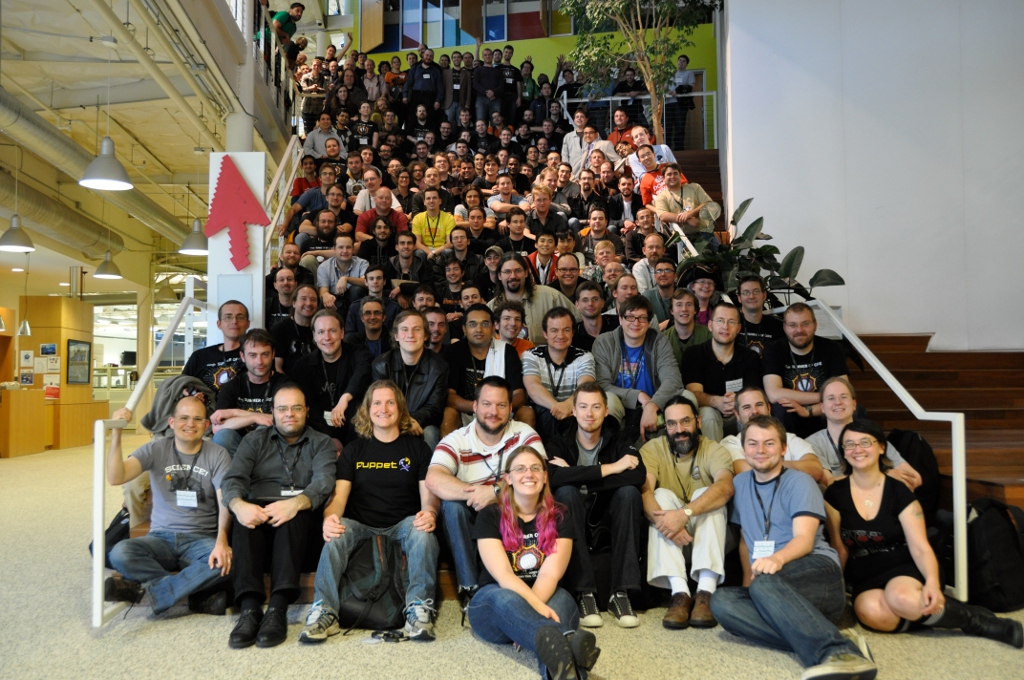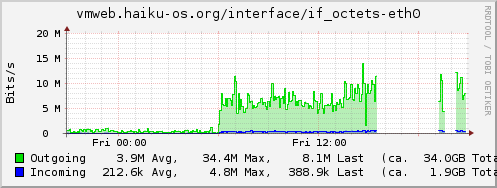A holiday treat! In this lesson we continue to work our way through the Storage Kit, learning about one of the lesser-known features of the Haiku API: node monitoring. For those new to Haiku, it notifies programs of changes to the filesystem, such as changes in a name, etc. If you’re looking to turn a good Haiku app into a fine one, this is one way to do it.
Programming with Haiku, Lesson 14
I’m not talking about databases, either. In this lesson, we examine one of the most distinctive features Haiku has: the query. We get a good, long look into the murky depths that are the query’s official syntax, Reverse Polish Notation, and a few other weird and wonderful tricks. Enjoy!
Programming with Haiku, Lesson 13
Hello Haiku fans!
I am about to kick off a project that will benefit the Haiku community at large by addressing an area that I feel needs attention. Enter the Haiku video tutorial series. An easy to understand guide that will draw viewers into the beautiful Haiku while presenting all the features and work instructions in a plain and concise manner. Not only will these tutorials be designed to teach, they will also drive home a message which will prove that Haiku is the only OS designed from the ground up for use on the desktop PC. Whether you’re a grandma just getting into computers or a tech genius who loves to hack around and write code, Haiku is designed for everyone from all walks of life. Hopefully the videos will inspire and help others to pick the OS up and become an adopter.
This year’s Google Summer of Code Mentor Summit again fell on the same weekend as BeGeistert. This year Niels was able to make the trip. Niels and I attended the summit representing Haiku. We attended some of the same sessions but split up for others. As was the case last year we met a lot of developers from the other orgs, some I had met either at last years summit or other open source events. I talked with the VLC, FFMpeg and BeagleBoard guys on Friday night. One (or more) of the beagleboard.org guys works for TI in Community Development, and was exited to hear that Haiku was working on an Arm port and suggested he may be able to hook us up with Free Hardware. We may just have to cover the taxes to get such hardware to a developer in Europe is all. I have contacted him and will post an update on this when we get a response.

Here’s the group picture. click to see larger view
 Düsseldorf
Düsseldorf
Preceding the BeGeistert 023 weekend was the usual weeklong Code Sprint (18.-22. of October 2010). Present to this year’s coding sprint were (from left to right on the photo below):
Colin Günther (bosii)
Oliver Tappe (zooey)
Clemens Zeidler (czeidler)
Rene Gollent (anevilyak)
Alexandre Deckner (aldeck)
Working on my rewrite of WonderBrush, I've been thinking about the document management. As you may know, WonderBrush is a stricly single window application in its current release. It can still open more than one document at once, of course, and those are displayed in a list above the navigational preview of the current document. One of the drawbacks of this approach is that there are no previews of all the documents visible at once, and it's harder to make non-current documents the target of drag&drop operations, like when dragging objects from one document onto another document to move or copy them there.
You might think that I took a short vacation, but I’ve just been buried in Real Life. You might also be wondering about where lessons 6-11 went. They’ll be published later, but you’re not missing anything, as they are edits of the last several lessons from Learning to Program with Haiku with an experienced developer in mind. If you’ve worked with the previous series, there isn’t anything in 6-11 that you haven’t seen before – they’re more to make the Programming with Haiku series complete on its own. This lesson is all about attributes – what they are, how they can be useful, and how they are manipulated from code.
Probably forgetting half of what took place and getting the other half backwards, below are my recollections of BeGeistert 023.
It’s been a long time coming, and they’re still not done, but I’ve committed some initial documentation for the Layout API. For the curious, you can access the documented classes here, there is also an introduction to building a GUI with the Layout API here. If you happen to find a typo, or inaccurate info, please contact me so I can fix it. Finally, note that, like the documentation, the Layout API is not yet finalized.
This morning I was welcome by a nice XKCD cartoon mentioning Haiku (as an experimental OS).
Several of us started twitting (rather, identi.ca-ing) about it, proud as we were.
Then when getting back tonight we noticed the website was unreachable.
It really seems like it brought us quite a lot of unwaranted advertising! It’s quite visible on the server stats:







